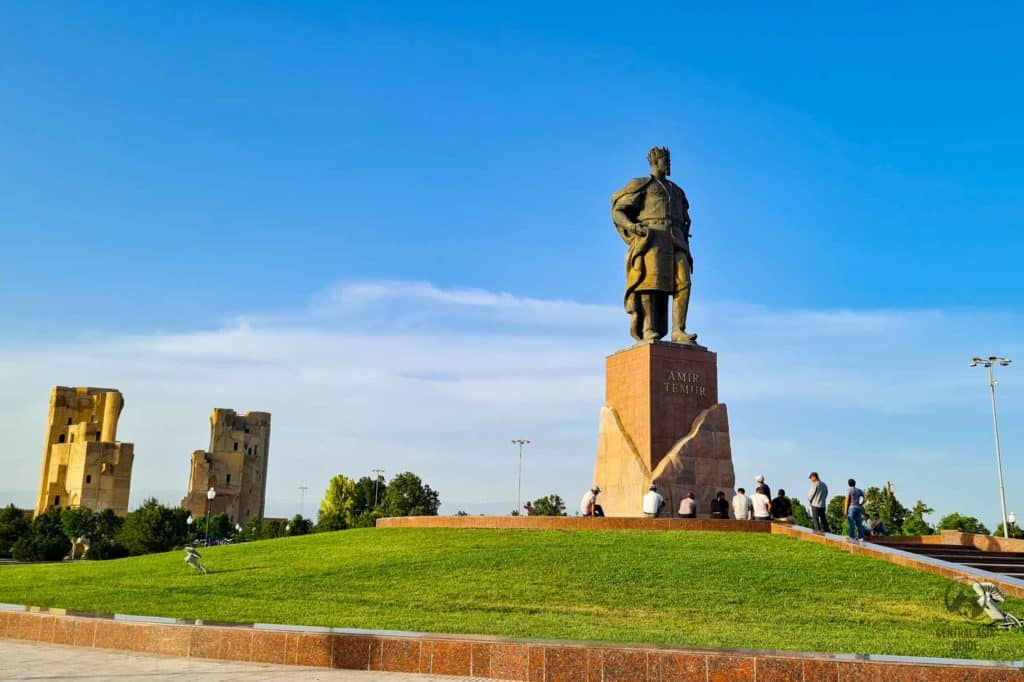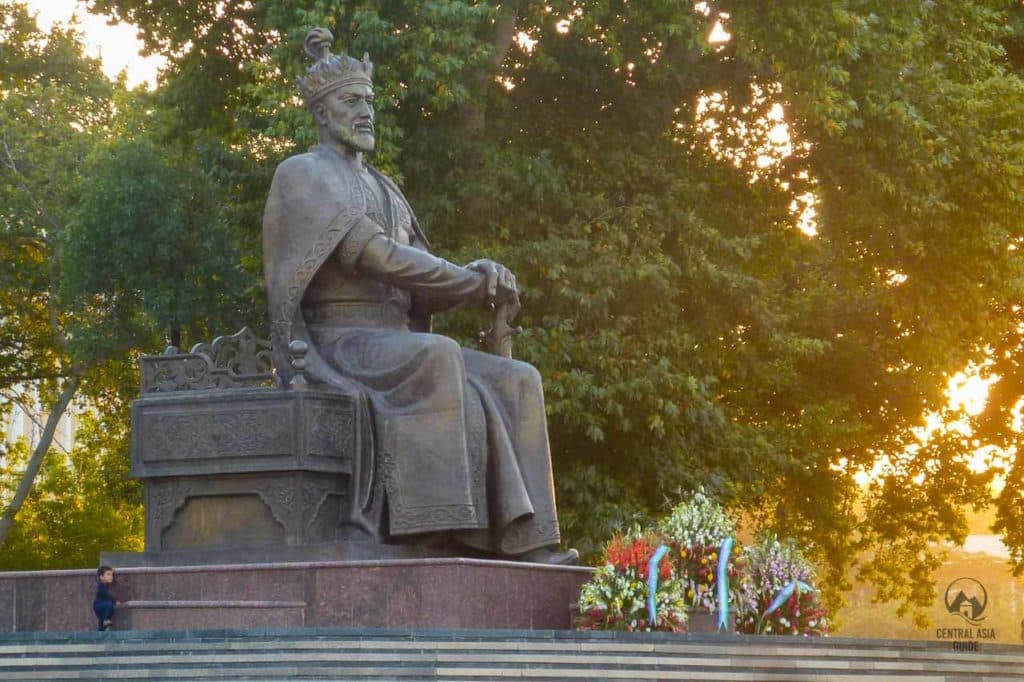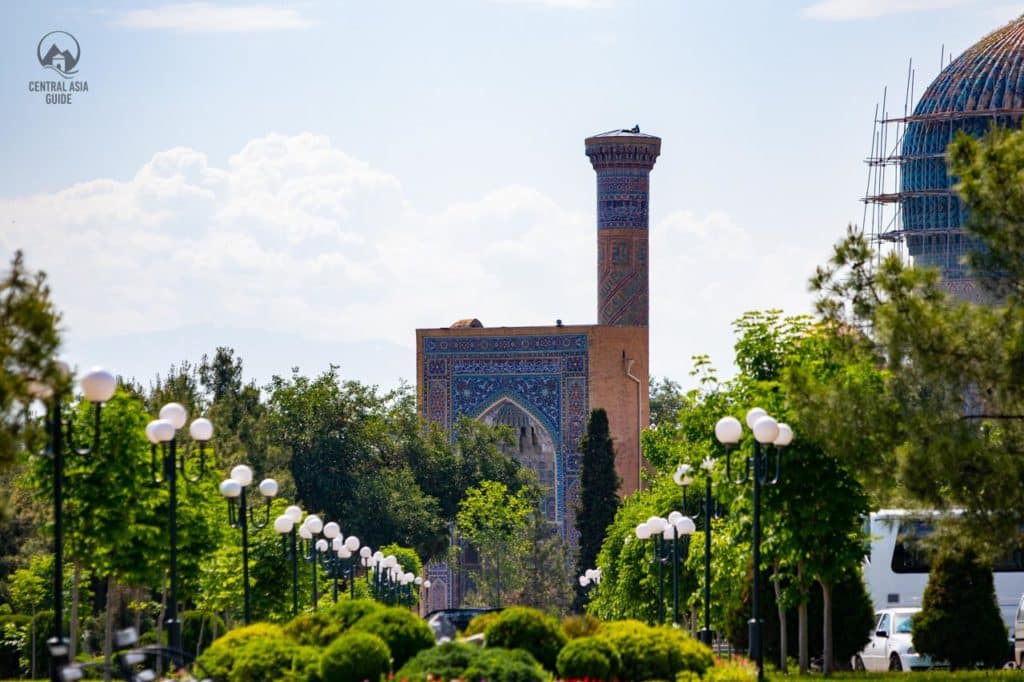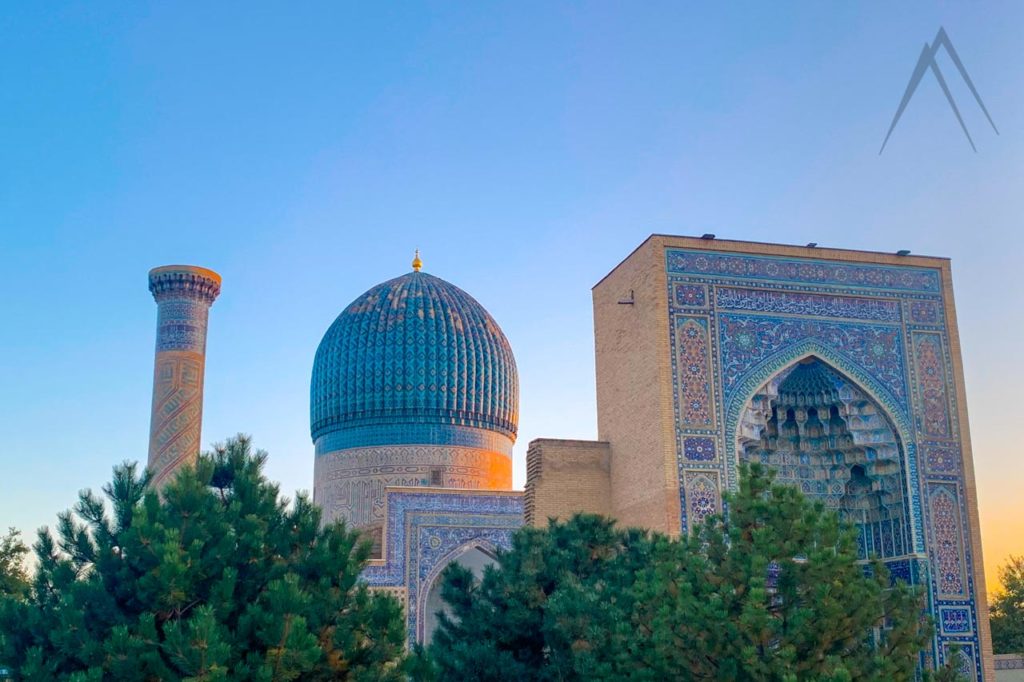Amir Timur
Amir Timur
Timur, Temur, Tarmashirin Khan, Emir Timur, or Amir Timur (9 April 1336 – 18 February 1405), and more widely known as Tamerlane, was a Turkic ruler and conqueror. He founded the huge Timurid empire that included largely the today’s Central Asia (without most of Kazakhstan), Afghanistan, Iran, parts of Turkey and even more. Timur was known as an undefeated commander and one of the greatest military leaders and planners in the Medieval history. He is also considered the national hero of Uzbekistan and his statues can be found in very central locations of several major cities of Uzbekistan and even at the central square of Tashkent that was once occupied by Karl Marx. There is also a large Timurid museum dedicated to his legacy, not far from his statue.
Amir Timur was the grandfather of Ulugh Beg, who ruled the Timurid kingdom from 1411 to 1449, and the great-great-great-grandfather of Babur Beg, founder of the Mughal Empire, which ruled parts of South Asia, including large parts of India, for around two centuries, from 1526 until 1707.
During his lifetime Timur emerged as the most powerful ruler in the Muslim world after defeating the Mamluks of Egypt and Syria, the emerging Ottoman Empire and the declining Sultanate of Delhi. Timur had also decisively defeated the Christian Knights at Smyrna. By the end of his reign Timur had also gained complete control over all the remnants of the Chagatai Khanate, Ilkhanate, Golden Horde and fought successfurlly in several occasions against the Chinese. It is impossible to avoid meeting with some heritage from Timur during our Uzbekistan Tours.


Timur's Childhood
Timur was born in Transoxiana, near the City of Kesh (modern Shahrisabz) south of Samarkand. His father, Taraqai, was a minor noble belonging to the Barlas tribe. The Barlas, were originally Mongolian tribes that got Turkified. According to Ge’rard Chaliand (French expert in geopolitics), Timur was a Muslim Turk but he saw himself as Genghis Khan’s heir. Perhaps it was due to this, that he desired to invoke the legacy of Genghis Khan’s conquests and also the nomadic lifestyle during his lifetime but also spent at the same time lots of resources to build magnificent cities like Samarkand and Shahrisabz.
From childhood, he had been interested in politics and the military. He was believed to be a military genius and a tactician, with the passion to work within a highly fluid political structure to win and possess the loyalty of nomads during his rule in Central Asia. He was also considered extraordinarily intelligent – not only intuitively but also intellectually.
In Samarkand and during his many travels, Timur, under the guidance of distinguished scholars, learned Persian, Mongolian, and Turkic languages. Significantly, Timur was characterized as an opportunist. Taking advantage of his Turco-Mongolia heritage, Timur frequently used either the Islamic religion or the law and traditions of the Mongol Empire to achieve his military goals or domestic political aims.
As the center of Tamerlane’s empire was Central Asia, he wanted to designate his hometown, Shakhrisabz, as his capital, but particular political concerns forced him to allow Samarkand the loving name of “Shining Star of the Orient”. It did not stop him from building a great fortified palace there with its magnificent gates still standing.


Timur - The Great leader
After becoming the ruler of Samarkand, Timur built a splendid army and carried out many annexationist campaigns that resulted in the development of his empire that extended from the Volga River and the Caucasian ridges in the west to India in the Southwest. In addition to his achievements in warfare, Tamerlane composed an exceptional contribution to the national state system, education and culture, and general development of his state. He facilitated the structure of enormous historic buildings, particularly in Samarkand which one can still see today.
Timur’s body was excavated from his tomb of Gur i Amir in 1941 by the Soviet anthropologist Mikhail M. Gerasimov. Gerasimov reconstructed the likeness of Timur, who was tall for his era, with a height of at least 1,73 meters. He was also a broad-chested man with strong cheekbones.


More about Uzbek culture
Page updated 1.10.2023